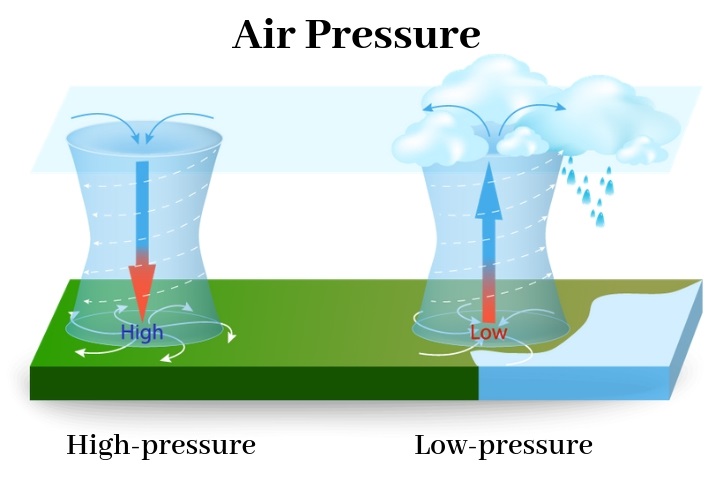

You have to ensure you’re checking your tires regularly. Of course, knowing your recommended PSI isn’t enough. Do you notice your rides feeling bumpier than usual lately? Do you hear noise when steering or have difficulty steering? These are signs that your tires may be low on air. If you see your tires sagging a bit with more weight added to your car, then you probably need to inflate them more. Do you see any flattening? If your answer is yes, then your tires probably need more air. Are the tires firm or do they have some give? If your they feel soft, it’s time to add more air. Press on your wheels using your hand or foot. If you happen to find yourself without a tire gauge and your car doesn’t have an indicator for low tire pressure, there are several things you can do to figure out whether your tires need to be inflated.
AIR PRESSURE IN PSI HOW TO
3 How to check tire pressure without a gauge
AIR PRESSURE IN PSI PROFESSIONAL
Take your car to a mechanic you trust for a professional assessment. If it’s cold outside, then you can assume your tires are losing PSI and you should check even more frequently.

Temperature has a direct effect on your air tires’ air pressure, so for an accurate PSI reading, make sure to check tire pressure when tires are cold. Underinflated tires can overheat and wear unevenly overinflated tires can blow out. The proper PSI is crucial to your safety and the car’s longevity.
AIR PRESSURE IN PSI MANUAL
2 Find Tire PSIįind your tires’ recommended PSI in the owner’s manual or on a sticker just inside the driver’s side door. With a digital pressure gauge, simply read the number on the screen. Read dial pressure gauges as you would a watch with one hand. If you’re using a pen-style gauge, read the number on the rod that pops out of the sleeve. Put the pressure gauge into the valve stem, making sure the gauge is evenly and firmly pressed onto the stem. Digital pressure gauges - Display numbers on a digital screen.Dial pressure gauges - Feature a numbered dial with a watch-like hand.Stick-type pressure gauges - Have a ruler-like rod that slides in and out of a sleeve to measure air pressure.When it comes to choosing a gauge, you typically have 3 options: Knowing how to check tire pressure is critical to your safety and to keeping your tires in good working order. Overfilling your tires is just as dangerous as underfilling them, so it’s important you know what is recommended for your vehicle. On the other hand, overinflated tires are more susceptible to damage from road irregularities, and they also result in a bumpier ride. Under-inflated tires wear out more rapidly, handle poorly and reduce fuel efficiency. And not having enough air in your tires can lead to other problems.

1 What happens if you drive with low (or high) tire pressure?ĭriving on underinflated tires is one of the biggest causes of tire failure, according to the National Highway Traffic Safety Administration. Check the pressure first thing in the morning or wait at least three hours after driving this provides sufficient time for them to cool back down. Pressure recommendations are based on readings taken from a tire pressure gauge. Even after you’ve replaced your tires, the same pressure guidelines on your car’s label apply to new tires of the same size. The label will usually give recommendations for the front and rear tires as well as the spare, and it’s important that you stick to those guidelines. Depending on the vehicle, this label may be on the edge of the vehicle’s door, on the doorpost or in the glove box. To learn what your tire pressure should be, look for your manufacturer’s recommendation, which is printed on a label inside your car. Because maintaining your tires is so crucial to your safety and your car’s overall performance, it’s important to know what tire pressure is correct for your vehicle. The recommended pressure for tires varies by the type of car and tire. The easiest way to care for your tires is both quick and inexpensive: maintain the correct tire pressure. From a safety and cost standpoint, tire maintenance is one of the most important things you can do for your car.


 0 kommentar(er)
0 kommentar(er)
